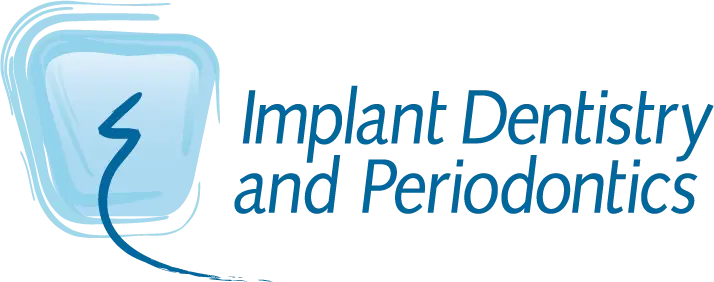Do Gums Grow Back After LANAP?
A majority of Americans have some form of gum disease. While most of these cases are mild gingivitis, characterized by inflammation in the gums that might lead to bleeding while brushing and flossing, some gum disease is more severe. Mild gingivitis that’s caught and treated early can usually be reversed, but when it’s allowed to progress and develop into periodontitis, most interventions seek to repair, rather than reverse, the damages it causes. The minimally invasive LANAP procedure is one of the most effective ways to repair the damage of advanced gum disease and restore the oral tissues to health. This treatment method uses specialized lasers to remove damaged tissue and encourage the regrowth of healthy tissue, helping the tissue cells in the gums and bone regenerate by stimulating their growth-factor proteins and encouraging their reattachment to the teeth.
Gum disease is most commonly caused by the accumulation of bacterial plaque at and just below the gum line. While some cases of gingivitis are asymptomatic, in many cases, gum disease is accompanied by bad breath, visible gum inflammation, and bleeding while brushing or flossing. With regular dental checkups and professional cleanings, gingivitis can often be intercepted early and reversed with a thorough cleaning. When it isn’t intercepted, however, it can develop into periodontitis. Periodontitis is characterized by a loss of attachment between the gums and the teeth, which arises as inflamed gum tissue pulls away from the teeth and forms pockets between the gums and teeth. These pockets continue to deepen as periodontitis goes untreated, eventually exposing the bone to bacterial invasion. As the bacteria in periodontal pockets metabolizes, it releases harmful acids that damage the bone and gradually lead to bone loss and loss of the teeth, and as the pockets deepen, the amount of bacteria and toxins increases, creating a cycle of destruction in the oral cavity.
Traditionally, periodontal disease has been addressed by deep cleaning the teeth and roots of the teeth to remove damaging bacteria and with surgical procedures to repair and replace lost or missing tissue. While effective, these invasive surgeries may involve gum or bone grafts and are time-consuming and painful, with long recovery times and possible side effects like long-term tooth sensitivity. The LANAP procedure, on the other hand, is minimally invasive and consistently successful. Using a specialized digital laser, your dentist will destroy diseased oral tissue and bacteria while keeping the healthy tissues intact. As the targeted areas are addressed, the LANAP laser is also stimulating the tissues in the gums and bone to promote healthy new tissue growth. When compared with traditional periodontal treatments, LANAP causes much less pain, swelling, bleeding and sensitivity, with recovery times that are often as brief as a mere day or two. LANAP procedures also provide excellent aesthetic benefits; dentists can artfully sculpt the repaired gum line with precision lasers and reduce the likelihood of gingival recession. The reduced treatment and recovery times are more convenient for patients and also help reduce the likelihood of postoperative infection and long-term periodontitis recurrence. These long-term benefits support the improved health of the teeth, gums, and bone, and new, healthy gum tissue helps protect the bones and teeth from further damage.
